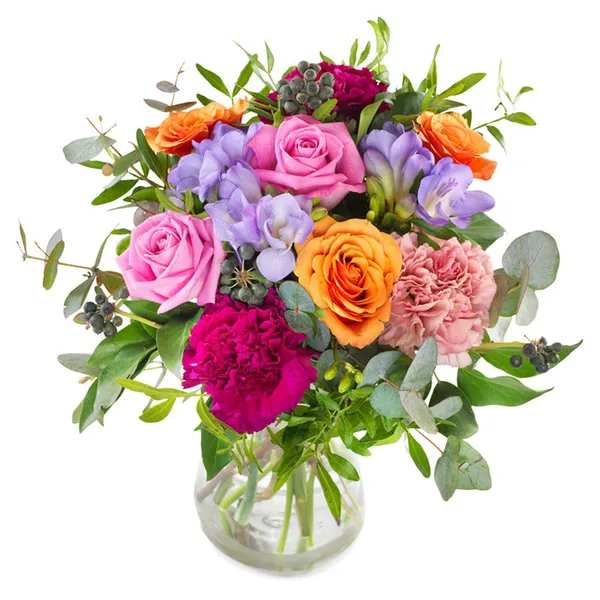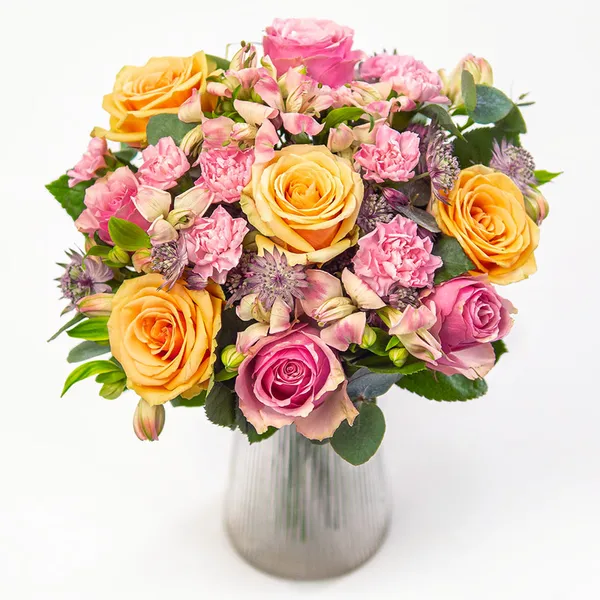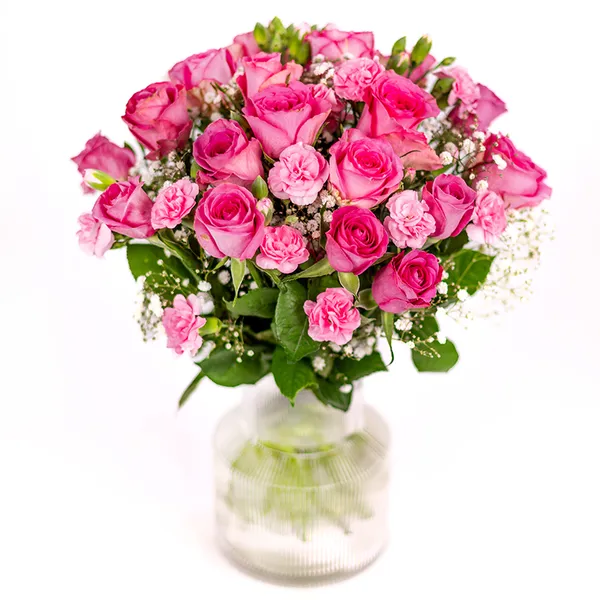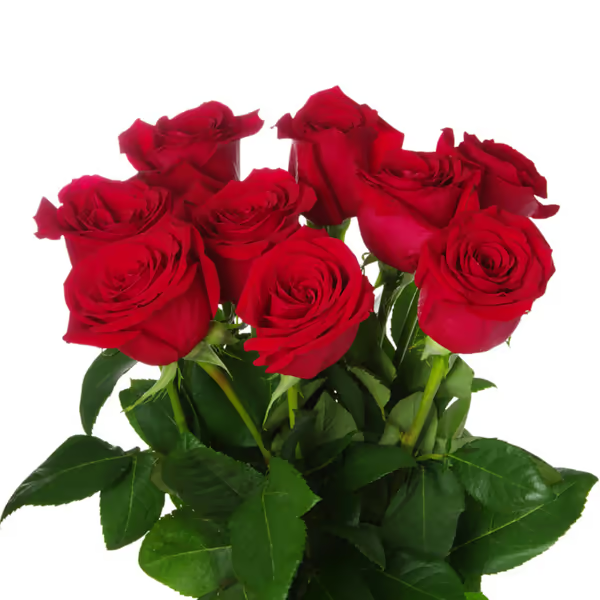Flower bulbs for all garden enthusiasts
Flower bulbs are a delight for all garden lovers. There are many of us who love these inconspicuous little tubers. We expectantly put them in the ground and, as if by magic, they turn into floral splendor a few months later.
The spring onions are what we northerners usually focus on the most, a natural feature of a people who constantly yearn for the warmer season. Planting spring bulbs in the fall that appear when we need them most is a joy. After a cold and gloomy period, we are struck by the floral splendor of tulips, daffodils, pearl hyacinths, crocus, iris, scilla and many, many more beautiful spring flowers.
But just when the spring flowers are in their full glory, it's time to start planning for the rest of the season. And then we mainly think of the autumn bulbs, those that bloom in late summer and autumn. The most popular are of course the dahlia and gladiolus, but there are also other wonderful varieties to try such as freesia, bouquet anemone, lilies, agapanthus and monbretia. Most of the autumn bulbs are not particularly frost-resistant and should therefore be taken up during the winter, unless they are planted very sheltered in a warmer growing zone. The exception is the lilies, which can actually survive the winter in the ground.
Tips for planting flower bulbs
A fun part of planting flower bulbs is the planning itself, visualizing the flowers in their full glory just the way you envisioned them. Firstly, you should think about planting the bulbs in groups and not spreading them out one by one, it will be more beautiful with flowers in groups. If you also choose a number of different onion varieties with varying flowering times, in the spring you can have a garden or flower bed that offers a splendor of color as early as March and lasts right into June. And with the autumn bulbs, you can enjoy floral splendor right into October in the southern parts of the country.
Another trick is to choose species with different lengths of stems. Different levels of bloom create a lively impression. Then, of course, it is a matter of taste how you want to plan the coloring of your flower beds. Complementary two-tone, several shades of the same color, or a crackling firework of color without any inhibitions at all.
It is best for the bulbs if the leaves are then allowed to wither down by themselves before they are removed. If you can't stand withered leaves in the flower bed, you can choose to plant in onion baskets. The baskets are then buried in the flower bed and when the flowers have withered, you dig up the basket and place it in a less visible place where the flowers and leaves can wither in peace.
Also, remember to plant your bulbs as soon as possible after you buy them. Flower bulbs are a fresh product that does best by getting into the soil as quickly as possible. They are also at their best if you add some nutritious bone meal when planting.
Smaller bulbs such as crocus and pearl hyacinth should be planted fairly shallowly, while larger bulbs such as the tulip should be planted deeper. The rule of thumb should be that the pit should be dug about three times as deep as the size of the onion.
Flower bulbs in pot
If you lack a garden, nothing should stop you. Of course, flower bulbs can also be planted in pots and placed on the balcony or indoors. The bulbs can be planted in almost any container, only your own imagination sets the limit. And they don't even need to be in the ground, as long as they get moisture, as the bulbs contain enough nutrients in themselves.
Indoors, remember not to expose your flower bulbs to direct sunlight or high heat. If you leave them cool overnight, you also extend their shelf life.




